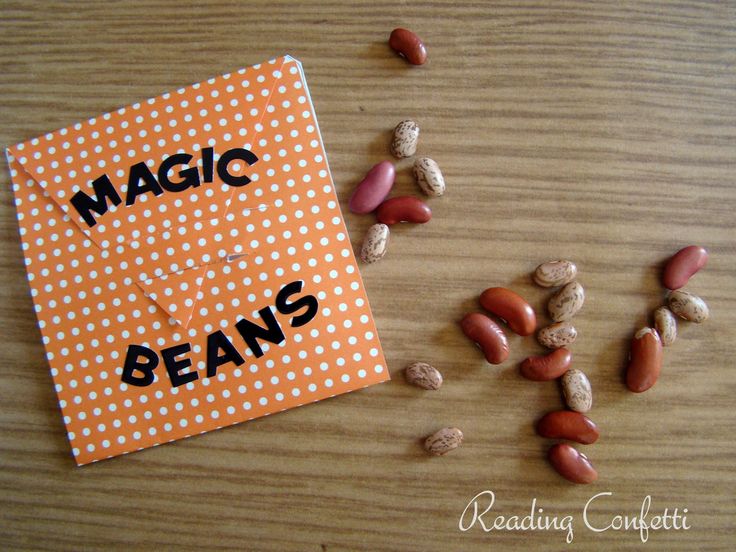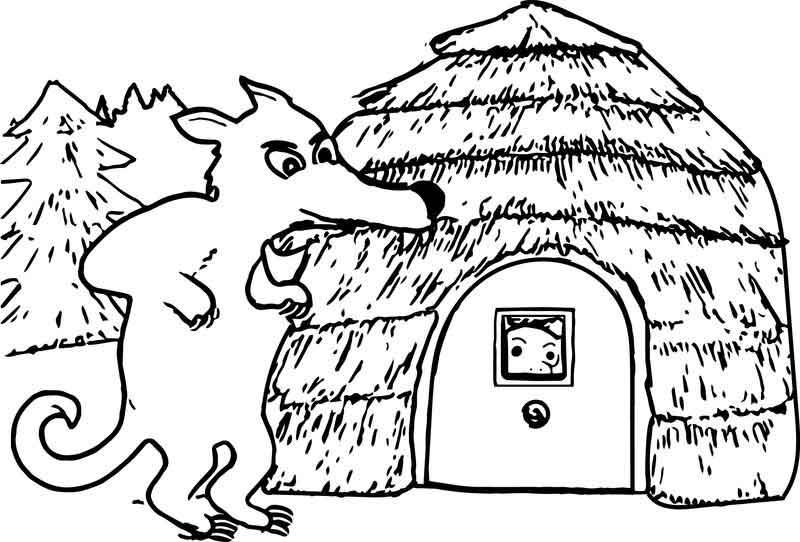Beanstalk magic beans
The Story of Jack and the Beanstalk
Old English Fairy Tale - version written and illustrated by Leanne Guenther
Once upon a time, there lived a widow woman and her son, Jack, on their small farm in the country.
Every day, Jack would help his mother with the chores - chopping the wood, weeding the garden and milking the cow. But despite all their hard work, Jack and his mother were very poor with barely enough money to keep themselves fed.
"What shall we do, what shall we do?" said the widow, one spring day. "We don't have enough money to buy seed for the farm this year! We must sell our cow, Old Bess, and with the money buy enough seed to plant a good crop."
"All right, mother," said Jack, "it's market-day today. I'll go into town and sell Bessy."
So Jack took the cow's halter in his hand, walked through the garden gate and headed off toward town. He hadn't gone far when he met a funny-looking, old man who said to him, "Good morning,
Jack. "
"Good morning to you," said Jack, wondering how the little, old man knew his name.
"Where are you off to this fine morning?" asked the man.
"I'm going to market to sell our cow, Bessy."
"Well what a helpful son you are!" exclaimed the man, "I have a special deal for such a good boy like you."
The little, old man looked around to make sure no one was watching and then opened his hand to show Jack what he held.
"Beans?" asked Jack, looking a little confused.
"Three magical bean seeds to be exact, young man. One, two, three! So magical are they, that if you plant them over-night, by morning they grow right up to the sky," promised the funny little man. "And because you're such a good boy, they're all yours in trade for that old milking cow."
"Really?" said Jack, "and you're quite sure they're magical?"
"I am indeed! And if it doesn't turn out to be true you can have your cow back.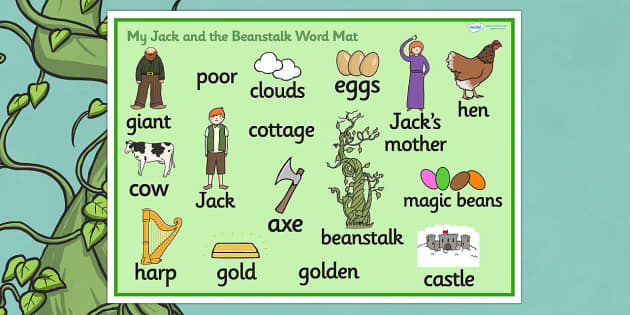 "
"
"Well that sounds fair," said Jack, as he handed over Bessy's halter, pocketed the beans and headed back home to show his mother.
"Back already, Jack?" asked his mother; "I see you haven't got Old Bess -- you've sold her so quickly. How much did you get for her?"
Jack smiled and reached into his pocket, "Just look at these beans, mother; they're magical, plant them over-night and----"
"What!" cried Jack's mother. "Oh, silly boy! How could you give away our milking cow for three measly beans." And with that she did the worst thing Jack had ever seen her do - she burst into tears.
Jack ran upstairs to his little room in the attic, so sorry he was, and threw the beans angrily out the window thinking, "How could I have been so foolish - I've broken my mother's heart." After much tossing and turning, at last Jack dropped off to sleep.
When Jack woke up the next morning, his room looked strange.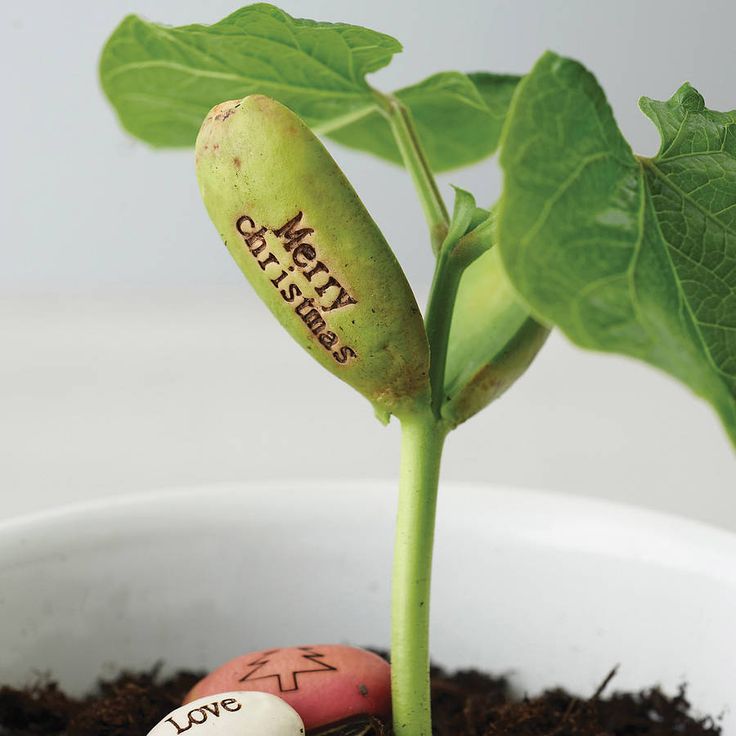 The sun was shining into part of it like it normally did, and yet all the rest was quite dark and shady. So Jack jumped up and
dressed himself and went to the window. And what do you think he saw? Why, the beans he had thrown out of the window into the garden had sprung up into a big beanstalk which went up and up and
up until it reached the sky.
The sun was shining into part of it like it normally did, and yet all the rest was quite dark and shady. So Jack jumped up and
dressed himself and went to the window. And what do you think he saw? Why, the beans he had thrown out of the window into the garden had sprung up into a big beanstalk which went up and up and
up until it reached the sky.
Using the leaves and twisty vines like the rungs of a ladder, Jack climbed and climbed until at last, he reached the sky. And when he got there he found a long, broad road winding its way through the clouds to a tall, square castle off in the distance.
Jack ran up the road toward the castle and just as he reached it, the door swung open to reveal a horrible lady giant, with one great eye in the middle of her forehead.
As soon as Jack saw her he turned to run away, but she caught him, and dragged him into the castle.
"Don't be in such a hurry, I'm sure a growing boy like you would like a nice, big breakfast," said the great, big, tall woman, "It's been so long since I got to make breakfast for a boy. "
"
Well, the lady giant wasn't such a bad sort, after all -- even if she was a bit odd. She took Jack into the kitchen, and gave him a chunk of cheese and a glass of milk. But Jack had only taken a few bites when thump! thump! thump! the whole house began to tremble with the noise of someone coming.
"Goodness gracious me! It's my husband," said the giant woman, wringing her hands, "what on earth shall I do? There's nothing he likes better than boys broiled on toast and I haven't any bread left. Oh dear, I never should have let you stay for breakfast. Here, come quick and jump in here." And she hurried Jack into a large copper pot sitting beside the stove just as her husband, the giant, came in.
He ducked inside the kitchen and said, "I'm ready for my breakfast -- I'm so hungry I could eat three cows. Ah, what's this I smell?
Fee-fi-fo-fum,
I smell the blood of an Englishman,
Be he alive, or be he dead
I'll have his bones to grind my bread.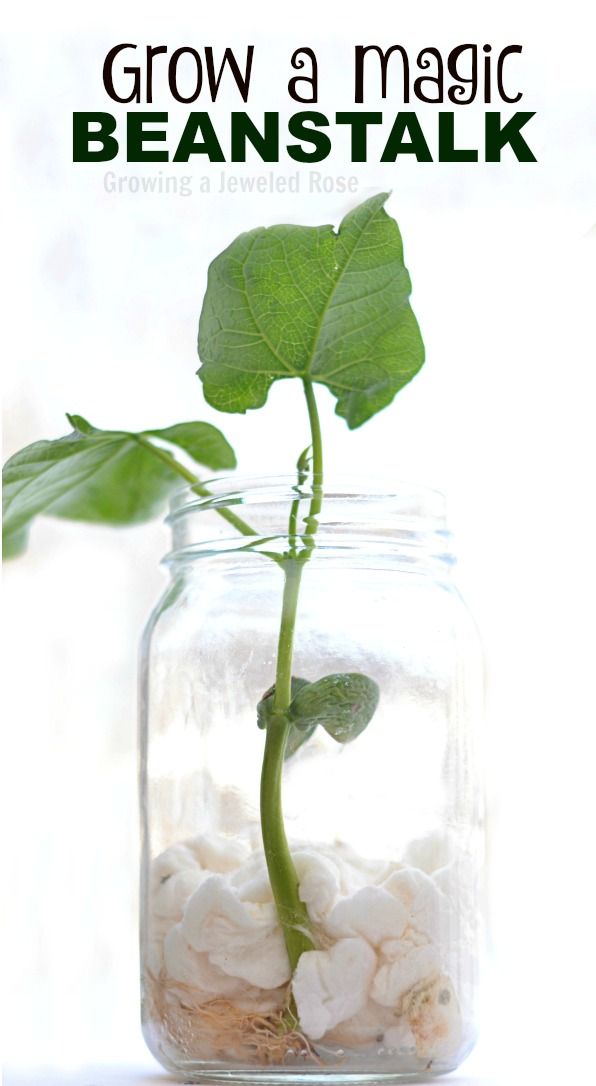
"Nonsense, dear," said his wife, "we haven't had a boy for breakfast in years. Now you go and wash up and by the time you come back your breakfast'll be ready for you."
So the giant went off to tidy up -- Jack was about to make a run for it when the woman stopped him. "Wait until he's asleep," she said, "he always has a little snooze after breakfast."
Jack peeked out of the copper pot just as the giant returned to the kitchen carrying a basket filled with golden eggs and a sickly-looking, white hen. The giant poked the hen and growled, "Lay" and the hen laid an egg made of gold which the giant added to the basket.
After his breakfast, the giant went to the closet and pulled out a golden harp with the face of a sad, young girl. The giant poked the harp and growled, "Play" and the harp began to play
a gentle tune while her lovely face sang a lullaby. Then the giant began to nod his head and to snore until the house shook.
When he was quite sure the giant was asleep, Jack crept out of the copper pot and began to tiptoe out of the kitchen. Just as he was about to leave, he heard the sound of the harp-girl weeping. Jack bit his lip, sighed and returned to the kitchen. He grabbed the sickly hen and the singing harp, and began to tiptoe back out. But this time the hen gave a cackle which woke the giant, and just as Jack got out of the house he heard him calling, "Wife, wife, what have you done with my white hen and my golden harp?"
Jack ran as fast as he could and the giant, realizing he had been tricked, came rushing after - away from the castle and down the broad, winding road. When he got to the beanstalk the giant was only twenty yards away when suddenly he saw Jack disappear - confused, the giant peered through the clouds and saw Jack underneath climbing down for dear life. The giant stomped his foot and roared angrily.
Fee-fi-fo-fum,
I smell the blood of an Englishman,
Be he alive, or be he dead
I'll have his bones to grind my bread.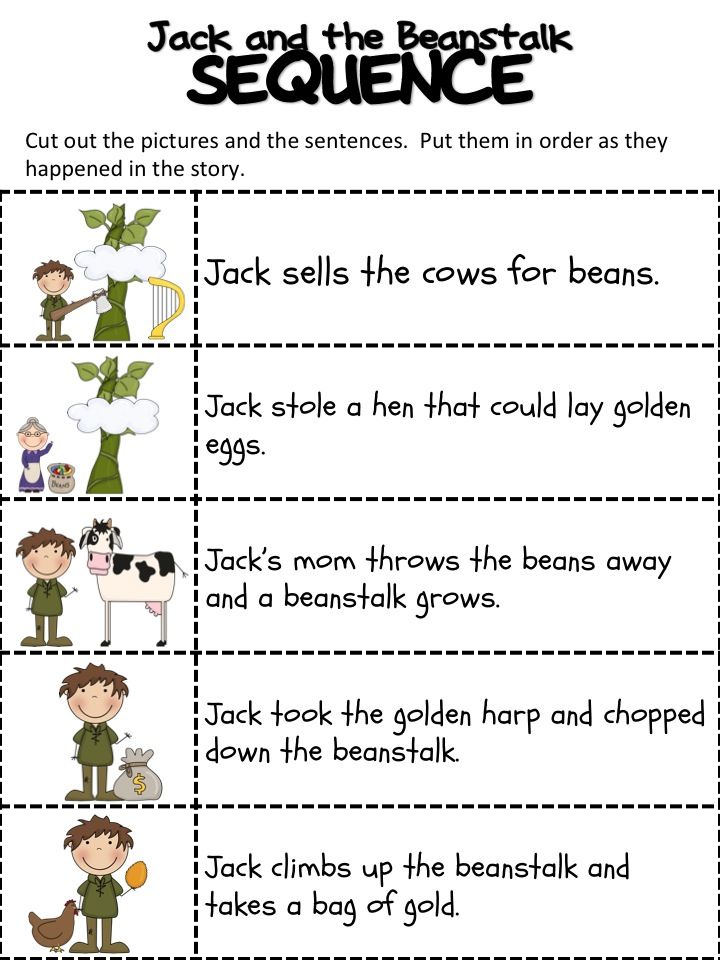
The giant swung himself down onto the beanstalk which shook with his weight. Jack slipped, slid and climbed down the beanstalk as quickly as he could, and after him climbed the giant.
As he neared the bottom, Jack called out, "Mother! Please! Hurry, bring me an axe, bring me an axe." And his mother came rushing out with Jack's wood chopping axe in her hand, but when she came to the enormous beanstalk she stood stock still with fright.
Jack jumped down, got hold of the axe and began to chop away at the beanstalk. Luckily, because of all the chores he'd done over the years, he'd become quite good at chopping and it didn't
take long for him to chop through enough of the beanstalk that it began to teeter. The giant felt the beanstalk shake and quiver so he stopped to see what was the matter. Then Jack gave one
last big chop with the axe, and the beanstalk began to topple over. Then the giant fell down and broke his crown, and the beanstalk came toppling after.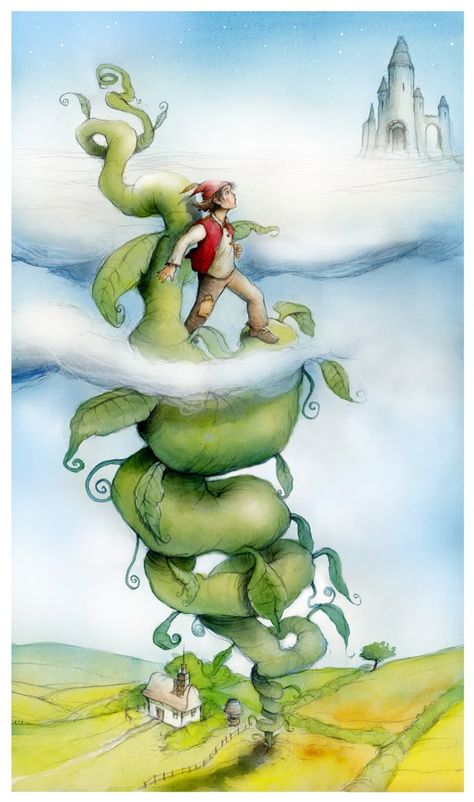
The singing harp thanked Jack for rescuing her from the giant - she had hated being locked up in the closet all day and night and wanted nothing more than to sit in the farmhouse window and sing to the birds and the butterflies in the sunshine.
With a bit of patience and his mother's help, it didn't take long for Jack to get the sickly hen back in good health and the grateful hen continued to lay a fresh golden egg every day.
Jack used the money from selling the golden eggs to buy back Old Bess, purchase seed for the spring crop and to fix up his mother's farm. He even had enough left over to invite every one of his neighbours over for a nice meal, complete with music from the singing harp.
And so Jack, his mother, Old Bess, the golden harp and the white hen lived happy ever after.
Printable version of this story
Templates:
- Close the template window after printing to return to this screen.

- Set page margins to zero if you have trouble fitting the template on one page (FILE, PAGE SETUP or FILE, PRINTER SETUP in most browsers).
Template Page 1 (color) or (B&W)
Template Page 2 (color) or (B&W)
Template Page 3 (color) or (B&W)
Template Page 4 (color) or (B&W)
Template Page 5 (color) or (B&W)
Template Page 6 (color) or (B&W)
Template Page 7 (color) or (B&W)
Template Page 8 (color) or (B&W)
Template Page 9 (color) or (B&W)
No beanstalk, just funky beats: Magic Beans returns to OTP
News News |
The funk band Magic Beans will be playing new music at the Old Town Pub on Friday, July 22 and Saturday, July 23.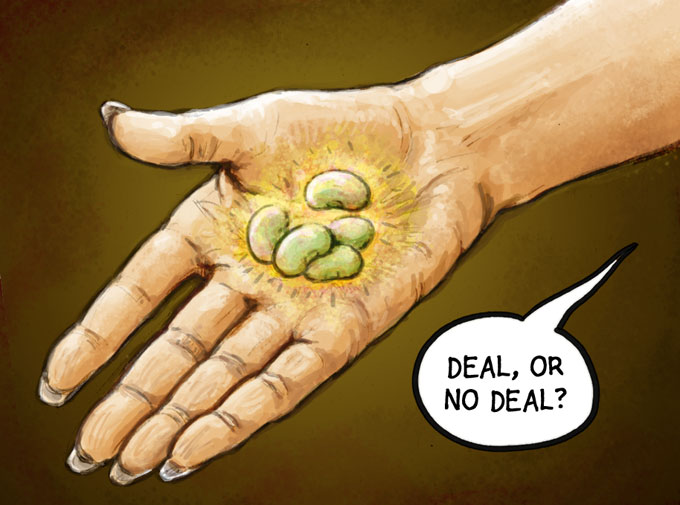
Magic Beans/Courtesy photo
Get down and groovy with returning band Magic Beans at 10 p.m., Friday, July 22, and Saturday, July 23, at the Old Town Pub. At 9 p.m., doors open prior to the show.
The band has played at the pub several times, and has secured status as a fixture of the Colorado music scene over many years.
“We’ve been a band for a long time, 10 years, so we get a chance to play all the mountain venues and all the mountain towns,” said Scott Hachey, vocalist and guitarist for Magic Beans. “We just have a sweet spot in our heart for Steamboat.”
“They’ve been playing together for over a decade. They’re a Colorado staple as far as the jam band scene,” said Séan Regan, owner of Old Town Pub.
“It’s one of our favorite places in the state to play,” Hachey said of the pub.
The band, which includes Hachey, Casey Russell on keyboard, Chris Duffy on bass and Cody Wales on drums, formed when the four met in college and began to play together.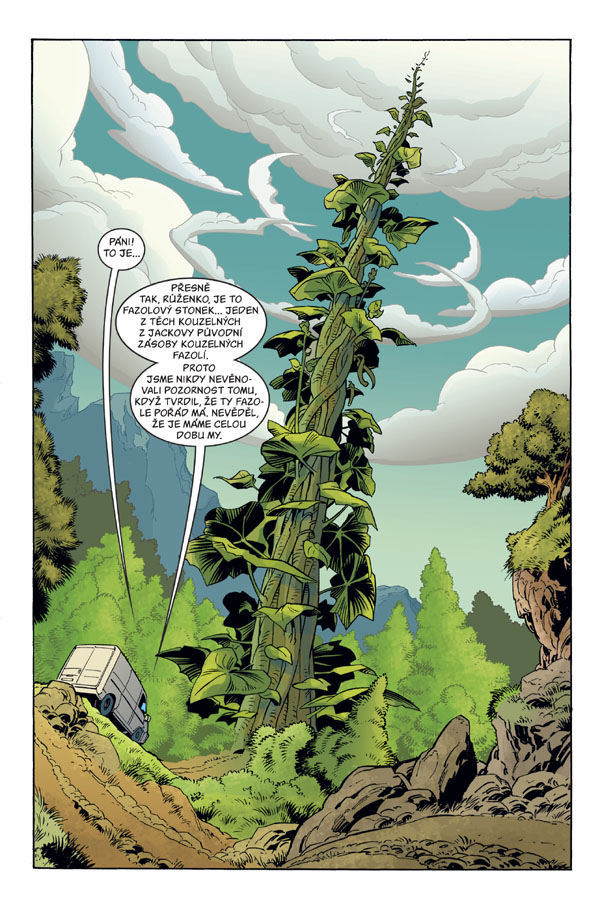
Hacey said they focus on high energy music and shows, hoping to get folks out of their seats and dancing.
“We are basically a funk band, and then we have elements of soul in there and some rock. We do a little bit of electronic music mixed in there too,” Hachey said. “So, it’s kind of like a more of a modern take on funk music.”
“They get funky, they get dance-y, they get sexy,” Regan said. “There’s a lot of laughter, a lot of love, a lot of happiness involved in the Magic Beans’ show.”
This past St. Patrick’s Day, Magic Beans played OTP for four consecutive nights.
“Each show had a different theme. They had a bunch of people traveling from out of town,” he said. “The band really embraces a culture and a vibe of their own that is just super positive.”
The group has put out a number of albums and singles throughout the last decade, with its most recent release, entitled “Unzipped”, coming out earlier this year.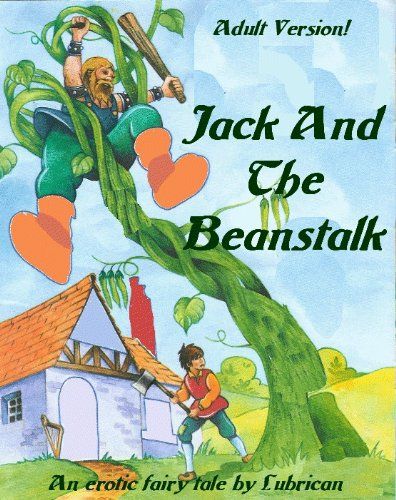
Hachey explained that this is slightly different than the band’s typical sound, taking on a slower tempo for a new type of jamming.
“We put out an interesting album that’s a little different than our usual stuff,” Hachey said. “It’s Lo-Fi tempo.”
“We call it psychedelic soul, psych rock, kind of in the vein of krumping and old R&B records and stuff like that,” he added.
The album is entirely instrumental, another change from the band’s typical setlists.
“We’re still unrolling lots of this time, so we’ll probably play a few of them for the first time in Steamboat,” Hachey said.
Regan added that he looked forward to the band returning, and hopes people will turn out for the shows.
“It’s just a really killer party,” Regan said. “This place will be going off on Friday and Saturday in my favorite way.”
Tickets are available for $16 prior to the show at otpsteamboat.com/events and for $20 at the door. More information is available at OTPSteamboat. com.
com.
To reach Katy Pickens, call 970-871-4208 or email her at [email protected]
90,000 Game complex Magic beans for playgrounds from Leber Group- Catalog
- Game complexes
- ECO
- Game Complex "Magic Beans"
Article:
LGTK-17
Unit of measurements:
pcs
Features
| vendor code | LGTK-17 |
| Width | 7300 mm |
| Length | 9800 mm |
| Height | 6500 mm |
| Age category | 7-12 years old |
Projects of playgrounds with LGTK-17
Children's playground
Fascinating playground complex LGTK-17 "Magic Beans" will create excellent conditions for children's entertainment. The house, made of birch moisture-resistant plywood, is based on polished glulam posts. The coloring uses safe acrylic paint, the surfaces are covered with a protective colorless varnish. The children's complex LGTK-17 provides an opportunity for children of different ages to choose entertainment to their liking. The house has a complex structure, consists of several levels and compartments, there are three stainless steel slides: a straight line and two screw slides of different degrees of complexity.
The house, made of birch moisture-resistant plywood, is based on polished glulam posts. The coloring uses safe acrylic paint, the surfaces are covered with a protective colorless varnish. The children's complex LGTK-17 provides an opportunity for children of different ages to choose entertainment to their liking. The house has a complex structure, consists of several levels and compartments, there are three stainless steel slides: a straight line and two screw slides of different degrees of complexity.
Back to list
Magic Beans | Big sport
The modern bob has nothing in common with the sledges connected by a "train" on which the first bobsledders descended. Today it is a high-tech device made of steel and fiberglass, the creation of which the best engineering minds are working on.
The modern bob has nothing to do with the train-bound sleds that the first bobsledders used to descend. Today it is a high-tech device made of steel and fiberglass, the creation of which the best engineering minds are working on.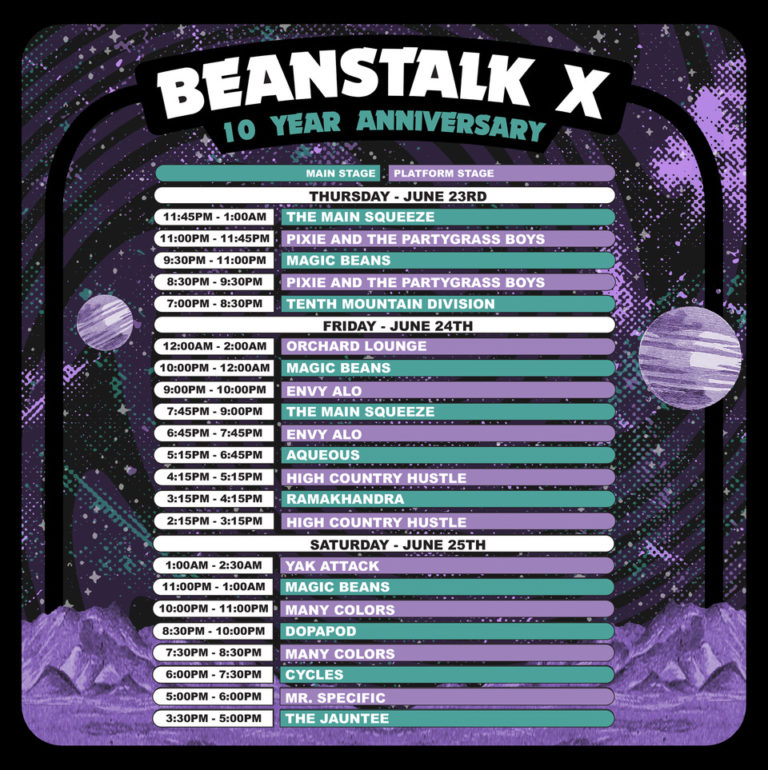 The aerodynamic properties of fireballs capable of reaching speeds of up to 130 and even 201 km / h (this is the world record today) are tested on the same stands as jet aircraft. The constant improvement of absolutely all the details forces the organizers of the competition to regularly update the specifications prescribed in the regulations in order to keep technical progress under control and not allow technology to come out on top, pushing people aside.
The aerodynamic properties of fireballs capable of reaching speeds of up to 130 and even 201 km / h (this is the world record today) are tested on the same stands as jet aircraft. The constant improvement of absolutely all the details forces the organizers of the competition to regularly update the specifications prescribed in the regulations in order to keep technical progress under control and not allow technology to come out on top, pushing people aside.
At the end of the 20th century, the bobsleigh took over the minds of people all over the world. Someone will consider such a statement controversial, but to be convinced of its truth, it is enough to recall the beautiful story about the Jamaicans, who, against all odds, slid down the icy track of the Olympic Games in Calgary in 1988. About the athletes who literally took the famous Russian proverb “Prepare the sled in the summer ...”, in 1993 the film “Steep Turns” was even shot in Hollywood, clearly demonstrating how these “hothouse” athletes gave the bobsleigh a beautiful story about the impotence of common sense before the attraction of opposites .
“Perhaps it is more interesting than Formula 1, because it depends much more on the person” - Michael Schumacher gave such a description of the bean. The great racer was also surprised by how similar G-forces and general sensations bobsleighs are to race cars. So, the ancient Egyptians were not averse to riding the mummy of the pharaoh on a sleigh under the scorching sun, which, by the way, were quite capable of competing with wheeled carts. And in the peat bogs of Finland and the Northern Urals, narrow long sledges with a flat wooden flooring were found, which, according to scientists, were born more than four thousand years ago. A variation of this vehicle was called the toboggan by the Indians of Canada. Consisting of narrow boards three or four meters long, held together by several crossbars and buckskin straps, Indian toboggans may well be called the ancestors of the modern Olympic bean.
Thunderstorm of pedestrians
As you know, the first competitions in downhill sledding were held at the very end of the 19th century in the vicinity of St. Moritz, Switzerland. Over a hundred years ago, the most sought-after sleigh was the long wood-and-steel bobs. They were controlled by slings tied to the front skids and accommodated a team of four, five and even six people. And the Norwegian enthusiast Martin Gabrielson, who lived in Canada, built an eleven-seat bob (driver and ten passengers) in 1906 and famously drove off Mount Gaspero on it.
Moritz, Switzerland. Over a hundred years ago, the most sought-after sleigh was the long wood-and-steel bobs. They were controlled by slings tied to the front skids and accommodated a team of four, five and even six people. And the Norwegian enthusiast Martin Gabrielson, who lived in Canada, built an eleven-seat bob (driver and ten passengers) in 1906 and famously drove off Mount Gaspero on it.
Christoph Langen won 1 MORE Olympic medal than André Lange
But later interest in such "communal skids" faded, and in 1908 the first national bobsleigh competition in Austria was dominated by teams of four and five participants. Soon Germany joined Switzerland and Canada, where in 1910 the championship in collective descent on a sled took place. In the next thirteen years, similar competitions were held in countries such as France, Italy, Hungary, Austria and Czechoslovakia. But despite the wide geography of distribution, bobsleigh remained a semi-professional and amateur sport until 1923 years old. It was then that the International Bobsleigh and Tobogganing Federation (Fe´de´ration Internationale de Bobsleigh et de Tobogganing, FIBT) appeared, which united bobsledders around the world.
It was then that the International Bobsleigh and Tobogganing Federation (Fe´de´ration Internationale de Bobsleigh et de Tobogganing, FIBT) appeared, which united bobsledders around the world.
Fiberglass nose
After the bobsleigh received organized support, it was easily included in the first Winter Olympics, held in 1924 in Chamonix, France. Only male crews participated in the competition, because due to the high level of injuries, not a single young lady showed a desire to become the first Olympic bobsledder. Teams of four competed in Chamonix, and the gold was taken away by the Swiss, led by pilot Eduard Scherrer. At the Olympics 1932 years in Lake Placid, the program included a doubles descent, in which the team from the USA won. The Americans repeated their success at the next Winter Olympics in 1936, the last before the Second World War, winning in the descent on double bobs.
There were 3 more Olympic medalists in bobsledding in 1928 than in 1924.
By the end of the 1930s, bobsledders' equipment consisted of open steel sleds controlled by a rudder. But twelve years later, their exterior has changed a lot. At 1948 in St. Moritz, the athletes amazed the fans with the closed nose of their units, which was made from fiberglass, invented in 1938. Thanks to this, it was possible to improve the aerodynamic characteristics of the sled. Professionals still prefer this particular bean design today.
But twelve years later, their exterior has changed a lot. At 1948 in St. Moritz, the athletes amazed the fans with the closed nose of their units, which was made from fiberglass, invented in 1938. Thanks to this, it was possible to improve the aerodynamic characteristics of the sled. Professionals still prefer this particular bean design today.
The era of skinny
Over the next decade, bobsleigh actively cultivated personnel, poaching athletes from other sports. Since it was at this time that the importance of the run before the descent became clear, preference was given to large athletes, whose weight also contributed to better acceleration on the track. The reign of the heavyweights ended at 1952nd, after the FIBT limited the weight of doubles to 165 kilograms and quads to 230 kilograms, including all equipment.
In bobsleigh competitions, the average run lasts approximately 60 seconds. During this time, the speed of the bean can reach 140 km / h. At the world championships, the score goes to hundredths of a second. So, at the Olympics in Lillehammer between the two Swiss deuces, who claimed for the gold medal, such a stubborn struggle unfolded that after four races they were separated by only five hundredths of a second, which ultimately decided the fate of the first place
So, at the Olympics in Lillehammer between the two Swiss deuces, who claimed for the gold medal, such a stubborn struggle unfolded that after four races they were separated by only five hundredths of a second, which ultimately decided the fate of the first place
The bobsleigh, delivered in a rigid weight and size framework, has become a high-tech sport. To reduce weight, the modern bob is made from expensive materials using technologies used in the Formula 1 racing series. These sleds accelerate to 140 km/h in 60 seconds. In this case, bobsledders experience the effect of gravity four to five times more than usual. Driving such a car requires good reaction, endurance and the ability to work in a team, where each crew member has his own role. At the start, all athletes accelerate the bob, then the pilot directly controls the sled, the crew balances it on turns, and the fourth team member slows down the projectile after the finish. These days, you can see only two- and four-man beans at competitions, the cost of which goes off scale for 50 thousand dollars, which gives every right to call this sport a very expensive pleasure.
The War of Technology
The success of the US team in the 2002 Olympics illustrates the impact of modern technology on bobsleigh performance. Previously, the situation in North America was deplorable: the national team won the last gold medal only in 1956. Thirty-six years without gold made NASCAR racing king Jeffrey Bodine notice at the 1992 Olympics that Americans were riding imported beans. Deciding that a good racing car for his compatriots could only be made in the United States, he established the Bo-Dyn Bobsled Project, which by 1994 developed the first North American bean using technology from Dayton. It took Bodine almost ten years and several million dollars to create a competitive product, but at the Olympics in Salt Lake City, the US team, equipped with Bo-Dyn Bobsled, won three gold medals at once.
However, already at the Turin Olympics, the performance of the Americans was not as brilliant. Experts explain this by the fact that in one Olympic cycle, the bean has time to become obsolete and requires constant updating - no less than Formula 1 cars.